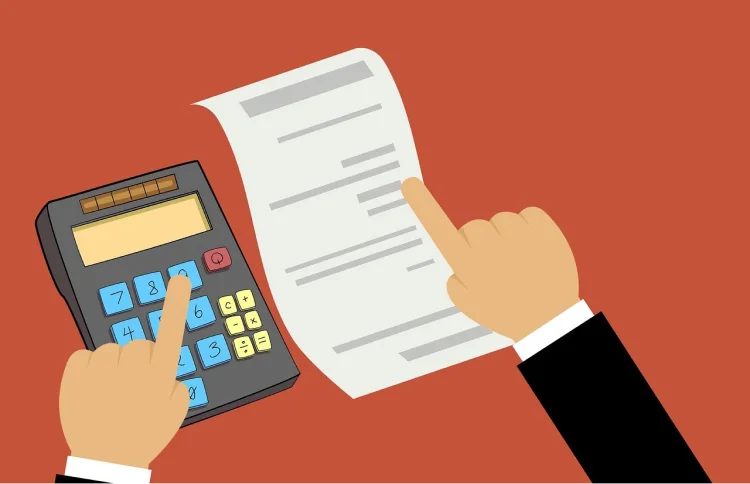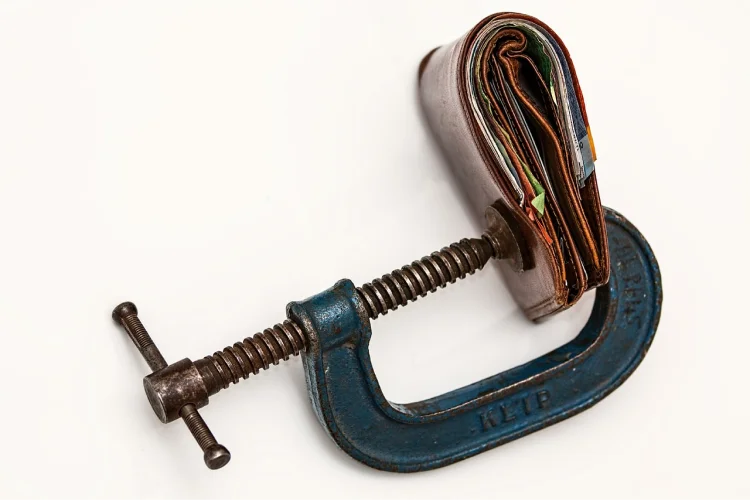This article is part of a 3-part series covering Amazon FBA fees and updates for 2024. For a comprehensive breakdown of fees and impacts, download the FREE whitepaper.
In 2023, Amazon rolled out a series of Fulfillment by Amazon (FBA) fee increases that significantly impact third-party (3P) sellers on the marketplace. With fulfillment fees rising by 20% to 30% across multiple categories, sellers are facing tightened profit margins and operational challenges.
Why are FBA Fees so High?
Amazon incurred major financial losses in 2022, totaling $2.7 billion. To balance its books and regain lost ground, the company introduced new FBA fees and hikes in 2023. These changes allow Amazon to cut costs related to fulfillment, storage, shipping and more. Sellers are essentially footing the bill for Amazon’s recovery through incrementally higher fees.
Quick Recap of Amazon FBA Fees 2023 Hikes

In 2023, Amazon introduced significant changes to its fee structure, reshaping the landscape for sellers.
Notably, dimensional weight (DIM weight) pricing, incorporating both size and weight for shipping costs, was expanded to include apparel items. This means dimensional size, not just weight, plays a bigger role in how you calculate Amazon FBA fees, including removal costs. As an example, a lightweight but bulky queen size pillow could jump to a higher size tier, thereby increasing your outbound fees.
This shift, coupled with 5% fuel and inflation surcharge, affects fulfillment and removal costs for most products.
Holiday peak fulfillment fees were also introduced during the 2022 holiday season and then brought back again the following year to account for increased seasonal volumes.
Additionally, the introduction of new size tiers and higher fees within each tier adds complexity for sellers. As a result, fulfillment fees across categories experienced an approximately 20% rise for standard items and a 28% increase for larger items compared to 2021. For instance, fashion items now cost $0.40 more to fulfill.
Removal and disposal fees weren’t spared either, increasing by triple digits in some cases, thanks to DIM weight pricing.
Suppose you have a product that is sizable but has a relatively low weight, the calculation of shipping costs during its removal from an Amazon warehouse may involve DIM weight pricing. If the dimensional weight surpasses the actual weight, this will result in a higher removal fee.
In 2023, removing or disposing of a clothing item may now cost sellers $4.95 instead of $0.30, severely cutting into their profit margins.
Consider optimizing your cost savings with our FBA Size Tier Optimizer tool, ensuring that your Amazon products and packaging achieve the most economical shipping weight tiers. Just enter your unit preferences and product details to pinpoint opportunities for size reduction, enabling you to qualify for lower FBA size tiers. This strategic approach can result in significant savings on both storage and shipping fees. Take it a step further by utilizing our complimentary Amazon Master Carton Calculator tool to explore additional cost-saving opportunities.
Aside from fulfillment, storage-related fees have also increased due to a series of changes implemented by Amazon over the last two years.
- Aged Inventory Surcharge: On May 15, 2022, an additional storage fee for inventory held in warehouses for 271-365 days was introduced, creating a new fee window within this range. A year later, Amazon introduced three new aged inventory tiers with corresponding higher surcharges, exacerbating the financial burden on sellers. Aged inventory fees now apply after the 6th month, with additional charges ranging from $0.50 to $6.90 per cubic foot based on the age of the inventory.
- Storage Utilization Surcharge: Amazon has introduced a new storage utilization surcharge specifically targeting sellers with larger inventory cube sizes relative to their recent weekly sales. This development signifies a big change, as sellers will now face a surcharge directly linked to their cubic sell-through. Amazon’s assessment involves comparing stored cubic feet with the daily average in cubic feet shipped over the past 13 weeks. While the retailer estimates that approximately 7.5% of sellers will be impacted by this surcharge, it is crucial for all sellers to stay vigilant, as a slowdown in sales or excessive overstocking can substantially affect their Amazon storage costs. Understanding and actively managing cubic sell-through becomes imperative under this new system.
- Storage Overage Fees: Lastly, exceeding FBA monthly capacity limits now incurs substantial storage overage fees, emphasizing the critical role of accurate Amazon inventory planning and close capacity monitoring for you to navigate these changes effectively.
A Fresh Round of FBA Fee Changes
In 2024, Amazon is yet again implementing several changes that will impact FBA sellers. Starting March 1, an inventory placement fee will be introduced for items shipped into FBA, with varying rates depending on size.
While FBA fees for most products will be reduced starting April 15, the introduction of new placement fees will result in a net increase in total fees. Additionally, as of April 1, FBA sellers will face low-inventory-level fees for standard size items with less than 28 days of inventory, along with storage overage fees for excess inventory.
On January 15, there will be a reduction in referral fees for apparel products priced below $20. Furthermore, Amazon is updating its size tiers by replacing the “Oversize” with the new label “Large Bulky-size.”
These changes signify a shift in Amazon’s fee structure and inventory management policies for the upcoming year. Overall, efficient inventory management and strategic planning are emphasized to mitigate the financial impact of these fee adjustments.
Impact on Sellers

The fee hikes significantly threaten seller profitability in 2023 and beyond. From higher fulfillment fees to expensive overage penalties, sellers will see their margins squeezed despite steady or growing sales.
Streamlining operations and mastering inventory management are crucial to counterbalance the impacts. Smaller sellers with limited resources may struggle the most to keep up.
Navigating Amazon FBA Fee Hikes in 2023 and Beyond
In the first part of this blog series analyzing Amazon FBA fees 2023 changes, we covered the key increases sellers grappled with last year and how each threatens day-to-day business and bottom lines.
Key changes included applying DIM weight pricing to most products, affecting how FBA fees were calculated. To mitigate the impact, sellers were advised to optimize cost savings using tools like the Amazon FBA Fees Calculator.
Fulfillment fees saw an average increase of $0.22 per unit, with additional surcharges in certain categories. Holiday peak fulfillment fees, introduced in 2022, returned in 2023 to accommodate increased seasonal volumes. Fuel and inflation surcharges, implemented in 2022, continued to affect sellers.
An aged inventory surcharge targeted products in Amazon’s fulfillment centers for 271-365 days, introducing new fee tiers and higher surcharges. Removal and disposal fees also increased significantly due to DIM weight pricing.
In March 2023, Amazon introduced FBA Capacity Manager, ushering in new monthly capacity limits, reservation fees, and storage overage fees, which prompted the way sellers manage their FBA products and maximum inventory limits.
Read part two, where we’ll conduct an in-depth examination of these profit killers and their stealthy, damaging effects.




